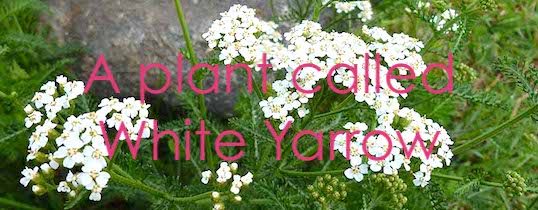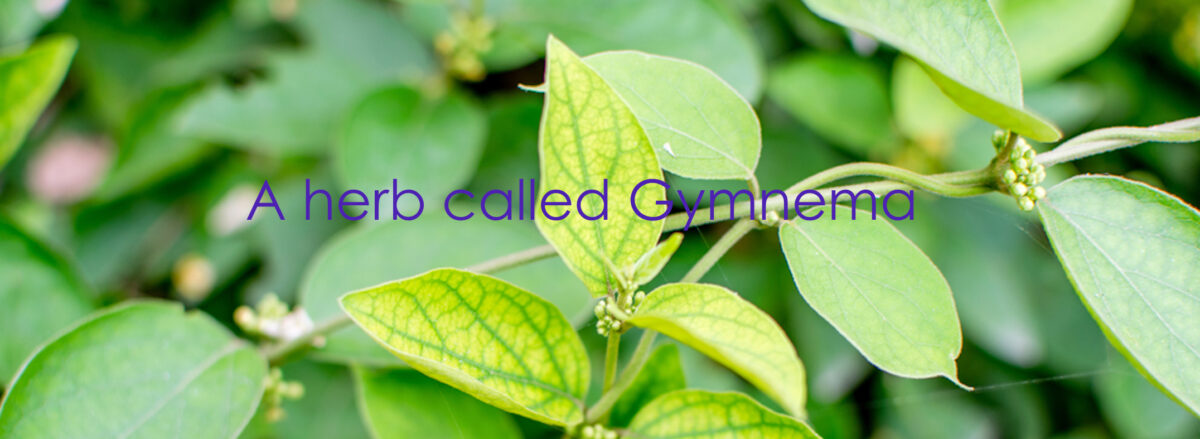Todays post is about a plant called White Yarrow.
We have been given this plant as a gift from my mother. At the time she gave it to us, she said that it was just our type of plant as it had health benefits. Not having heard of it at all, I have done some research. As usual I am sharing what I found.
What is White Yarrow?
The common yarrow plant, White Yarrow, also called Achillea Millefolium is a perennial herb. It grows naturally in northern hemisphere and is grown around the world as a medicinal and ornamental plant. With feathery leaves that spread along the ground, it has flower stems that grow up to 60cm.
There are multiple species of Yarrow including some varieties of wild natives. Several ornamental varieties feature a wide range of colourful flowers including pale pink, purple, red and yellow.
There are records showing that this plant has been used medicinally for thousands of years in many cultures around the world. The Latin name Achillea comes from the mythical Greek warrior Achilles. This is due to legends in which Achilles used this plant to heal soldiers wounded in war. In the Middle Ages it was used as an ingredient in gruit, a herbal mixture used to flavour ale prior to the use of hops.
The flowers and leaves are still used in some types of bitters and liqueurs.
What else can it be used for?
Studies indicate that this plant may have various benefits as an herbal tea, extract, or essential oil.
It is one of the most widely used medicinal herbs. When researching the health benefits, the list is quite extensive. I have shared the most researched uses.
Due to its styptic and antimicrobial properties, it is famously known for its ability to stop bleeding (when applied directly to a wound). It can prevent infection, and aid blood circulation when taken internally.
It is often used as a poultice, wash, soak, or salve to relieve pain, and help to heal wounds and injuries of various types.
One study, conducted by researchers at the University of Vienna, demonstrated that its antispasmodic effects might help to soothe symptoms of irritable bowel syndrome.
Long considered by herbalists to be a “blood-moving herb,” yarrow has been used to stimulate blood circulation and lower blood pressure.
Historically, it has been used to treat digestive issues like ulcers and irritable bowel syndrome (IBS), symptoms of which include stomach pain, diarrhoea, bloating, and constipation. Yarrow contains several flavonoids and alkaloids, which are plant compounds known to relieve digestive complaints.
Research has also found that plant-based alkaloids like those in yarrow tea reduce the secretion of corticosterone, a hormone that’s high during chronic stress
The next time you have a toothache, try chewing on a yarrow leaf. Its analgesic properties can help to numb the affected area.
The anti-inflammatory properties of yarrow are thought to be helpful for dull, pounding headaches or migraines.
Yarrow is most often taken as a tea or a tincture to support digestion and soothe stomach aches.
How else can it be used?
In manufacturing, yarrow is used in shampoos and as a cosmetic cleanser. The leaves and flowers are edible and can be used in salads or to decorate foods.
Yarrow is safe for most individuals. However, you should avoid it if you are pregnant, breastfeeding or undergoing surgery. You should also avoid it if you have a bleeding disorder or are allergic to ragweed.
I find that I walk around nurseries looking at plants in a whole new way after doing research like this. I hope you have also found this information interesting.
Till the next post,
Live clean n Prosper
(Sources – The Gardeners Path – Healthline – WebMD )


